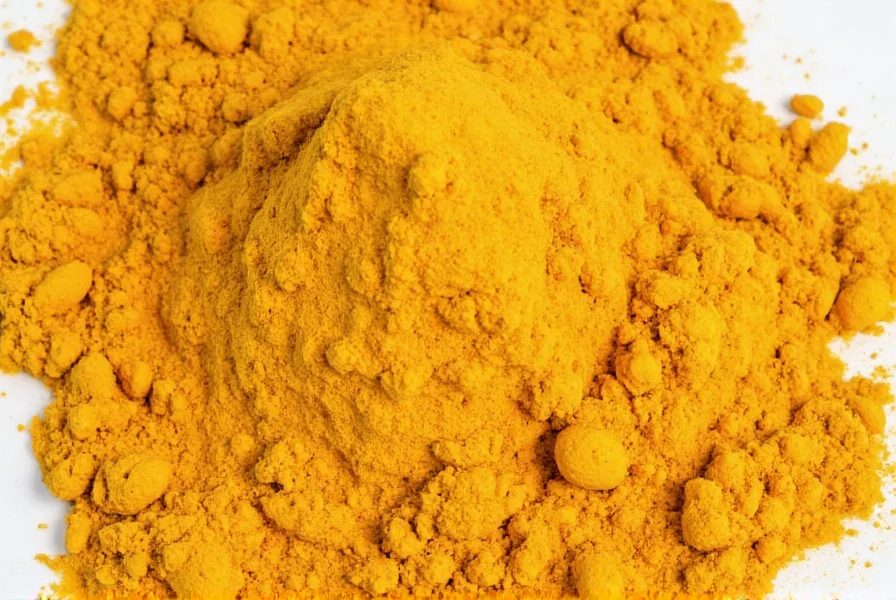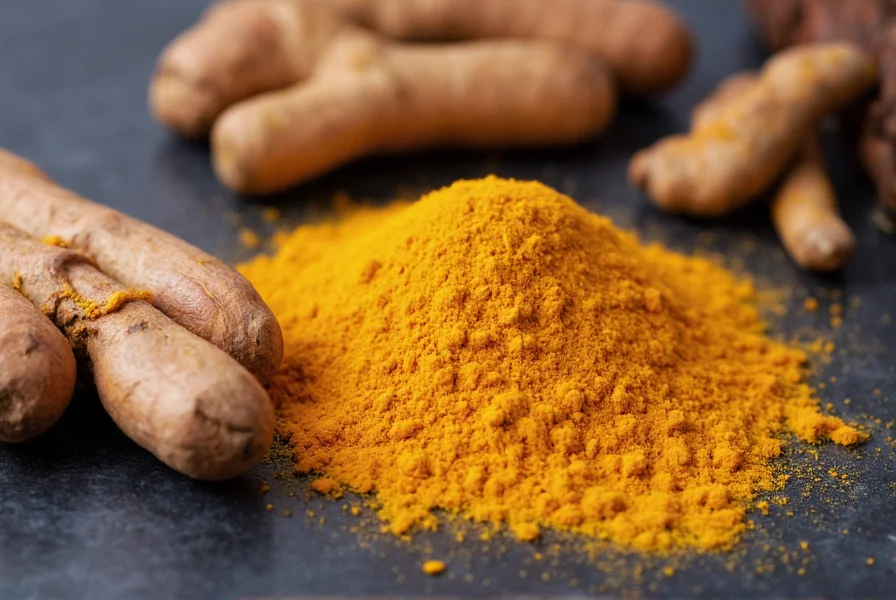If you're exploring natural approaches for joint discomfort, you've likely encountered turmeric as a potential remedy. This golden spice has gained significant attention in both traditional medicine and modern research for its potential benefits in managing joint pain. Understanding what the science actually says about turmeric for joint pain can help you make informed decisions about incorporating it into your wellness routine.
The Science Behind Turmeric and Joint Health
Turmeric (Curcuma longa) contains curcuminoids, with curcumin being the most studied active compound. Curcumin demonstrates potent anti-inflammatory and antioxidant properties that may benefit joint health. Unlike nonsteroidal anti-inflammatory drugs (NSAIDs) that target single inflammatory pathways, curcumin appears to modulate multiple molecular targets involved in inflammation.
A comprehensive 2022 review published in the Journal of Medicinal Food analyzed 17 clinical trials involving over 1,200 participants with osteoarthritis. The analysis concluded that curcumin supplementation significantly reduced pain scores and improved physical function compared to placebo, with effects comparable to low-dose NSAIDs but with fewer gastrointestinal side effects.
How Turmeric Compares to Conventional Treatments
When evaluating turmeric for joint pain relief, it's important to understand how it stacks up against conventional approaches:
| Approach | Pain Reduction | Time to Effect | Common Side Effects |
|---|---|---|---|
| Curcumin supplements | Moderate (30-40%) | 6-12 weeks | Generally well tolerated |
| NSAIDs (e.g., ibuprofen) | Significant (50-70%) | Hours to days | GI issues, kidney strain |
| Acetaminophen | Mild to moderate | Hours | Liver concerns at high doses |
Research suggests that while turmeric may not provide the immediate relief of pharmaceutical options, it offers a potentially safer long-term approach for managing chronic joint discomfort. A 2021 study in Arthritis Research & Therapy found that after 12 weeks, participants taking 1,000mg of standardized curcumin daily experienced similar pain reduction to those taking 1,200mg of ibuprofen daily, but with significantly fewer adverse events.
Practical Guidance for Using Turmeric
Not all turmeric products deliver equal benefits for joint pain relief. Understanding proper usage makes a significant difference in effectiveness:
Dosage Considerations
Research indicates effective doses typically range from 500mg to 1,500mg of standardized curcumin extract daily. Whole turmeric powder contains only about 3% curcumin by weight, making supplements with concentrated extracts necessary for therapeutic effects. Look for products standardized to contain 95% curcuminoids.
Bioavailability Matters
Curcumin has notoriously poor absorption. Most effective supplements include bioavailability enhancers such as piperine (from black pepper), lipids, or specialized delivery systems. Products containing BCM-95®, Meriva®, or Longvida® have demonstrated superior absorption in clinical studies.

Realistic Timeframe for Results
Unlike pain medications that work within hours, turmeric requires consistent use. Most studies showing significant benefits for joint pain involved 8-12 weeks of daily supplementation. Patience and consistency are essential when using this natural approach.
Safety Profile and Potential Interactions
Turmeric is generally well tolerated at recommended doses, but certain considerations are important:
- High doses may cause mild digestive upset in some individuals
- May interact with blood thinners like warfarin
- Could potentially interfere with certain chemotherapy drugs
- People with gallbladder issues should consult a physician before use
A 2023 safety review in Phytotherapy Research concluded that curcumin doses up to 8,000mg daily showed no serious adverse effects in clinical trials, though most joint pain studies use much lower therapeutic doses of 500-1,500mg.
Limitations and When to Seek Medical Advice
While turmeric shows promise as a complementary approach for joint pain, it's not a cure-all solution. Significant limitations include:
- Effects are generally modest compared to prescription medications
- Not appropriate for acute, severe pain episodes
- May not provide sufficient relief for advanced joint damage
- Quality varies significantly between products
Consult your healthcare provider if you experience persistent joint pain, swelling lasting more than two weeks, significant mobility limitations, or if natural approaches don't provide adequate relief after 12 weeks of consistent use. Turmeric should complement, not replace, comprehensive medical care for joint conditions.
Integrating Turmeric into a Holistic Joint Health Strategy
For optimal joint health, consider turmeric as part of a comprehensive approach that includes:
- Moderate weight management to reduce joint stress
- Regular low-impact exercise like swimming or walking
- An anti-inflammatory diet rich in omega-3 fatty acids
- Adequate vitamin D levels
- Proper joint mechanics and posture

Research published in Osteoarthritis and Cartilage suggests that combining curcumin supplementation with lifestyle modifications produces better outcomes than either approach alone for managing osteoarthritis symptoms.
Conclusion
The scientific evidence supporting turmeric for joint pain shows promise but requires realistic expectations. Standardized curcumin supplements with enhanced bioavailability, taken consistently at appropriate doses, may provide meaningful relief for some individuals with mild to moderate joint discomfort. While not a replacement for medical treatment in moderate to severe cases, it represents a potentially valuable component of a comprehensive joint health strategy with a favorable safety profile. Always discuss supplementation with your healthcare provider to ensure it aligns with your individual health needs and existing treatments.











 浙公网安备
33010002000092号
浙公网安备
33010002000092号 浙B2-20120091-4
浙B2-20120091-4